| US Presidential Election 2024: Mr. Biden hopes to reverse the situation in the confrontation with Mr. Trump US election poll: American voters believe Mr. Trump will beat Mr. Biden |
Key measures of economic performance—growth, unemployment, and inflation—are near perfect, putting the United States in a strong position. But ahead of this November’s presidential election, voters continue to see the economy as their top issue. The main issue is inflation.
The Covid-19 shock to US prices from spring 2021 to late 2023 has eased considerably. And economists are waiting for a clear sign that inflation is falling back toward the 2% target that the US Federal Reserve judges to be consistent with price stability. But that does not mean that inflation risks have diminished significantly.
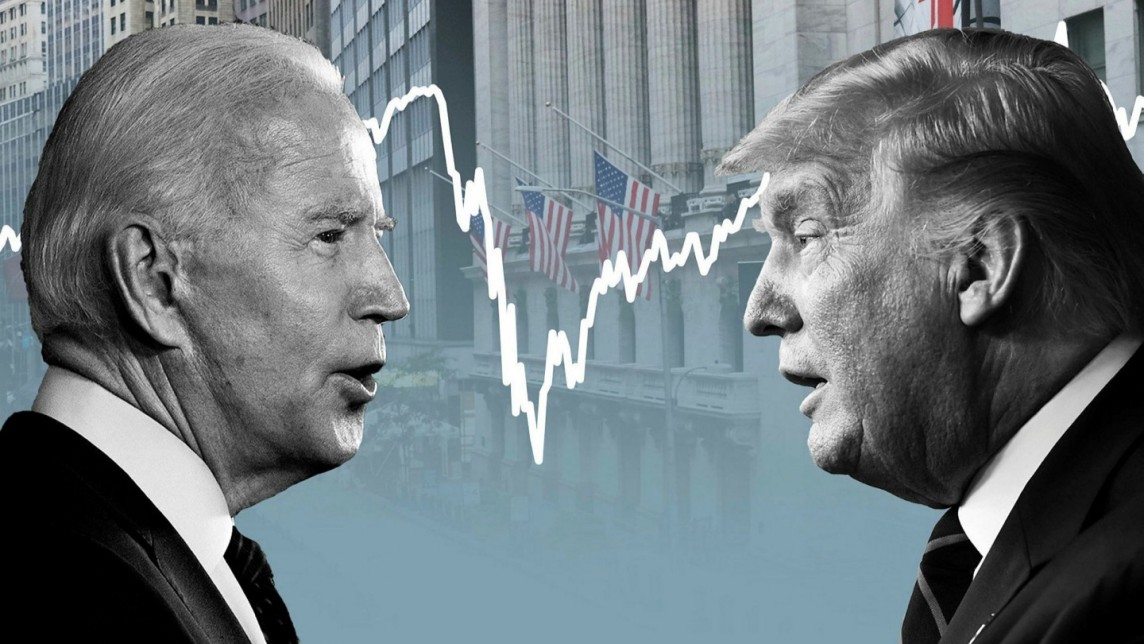 |
| Economic Hot Spots of the US Presidential Election |
Even if inflation returns to price stability, albeit not as quickly as initially hoped, there is a serious political problem with that outcome. Namely, prices are too high and will likely continue to rise for years to come. Inflation describes changes in aggregate prices, which is very different from the level of a price index. That difference has serious implications for the political debate ahead of the election: President Joe Biden’s team focuses on the rate of inflation, while the American public is more concerned about the level of prices.
There is little debate about the progress in controlling inflation. After rising to a post-pandemic high of 9.1% in June 2022, the overall rate of inflation as measured by the consumer price index (CPI) has fallen to an average of 3.3% over the past 11 months, an extraordinary decline, or “deflation,” in such a short period. However, inflation is still more than double the 1.5% average rate over the seven years before the Covid pandemic and significantly above the Fed’s 2% target when viewed through the lens of a slightly different measure, the GDP-based personal consumption expenditures price index.
But this near-complete recovery from the 2021-2023 inflation shock is in stark contrast to still-high prices. Therein lies the political problem for Mr. Biden: despite the recent deflation, the headline CPI in May was still 20% higher than it was in January 2021, when Mr. Biden took office.
As of January 2021, prices remained particularly high for energy (41%), transportation (40%), shelter (22%), and food (21%), which together make up 63% of the typical American consumer basket of goods and services. These are known as essential purchases for legitimate reasons by households.
A preliminary estimate shows that, as of May, the aggregate price level, as measured by the CPI, was a full 15 percentage points higher than it would have been if the CPI had maintained its pre-Covid trajectory of 1.5%. No wonder Americans are so pessimistic about the economy. The surge in prices, especially for basic necessities, completely overwhelms the decline in the rate of inflation. And even if inflation continues to decline as expected, prices will remain high and continue to rise, albeit at a slower pace. A prolonged period of deflation—a dangerous development for any economy—is the only way to push the overall price level down.
The combination of rising prices and falling inflation is shaping up to be the defining economic issue of the upcoming US presidential election. In normal times, campaigns would be debating which candidate has the best solution. But these are not normal times. The current state of US politics means there will be more focus on assigning blame.
Mr. Biden has laid out a vision for tackling this thorny issue, most notably the Deflation Reduction Act and a strategy to address supply chain bottlenecks. The presumptive Republican nominee, former President Donald Trump, will likely take a different approach, especially given his penchant for higher tariffs, increased trade conflicts and a weaker dollar, all of which could fuel inflation.
Source: https://congthuong.vn/diem-nong-kinh-te-cua-cuoc-bau-cu-tong-thong-my-328157.html










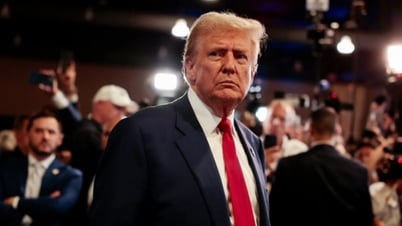






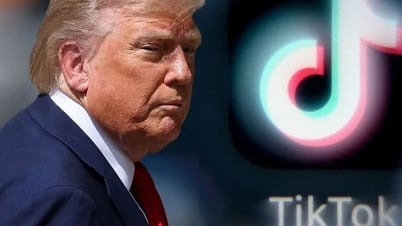

















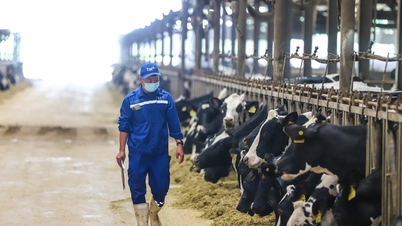




![[Photo] Binh Trieu 1 Bridge has been completed, raised by 1.1m, and will open to traffic at the end of November.](https://vphoto.vietnam.vn/thumb/1200x675/vietnam/resource/IMAGE/2025/10/2/a6549e2a3b5848a1ba76a1ded6141fae)




































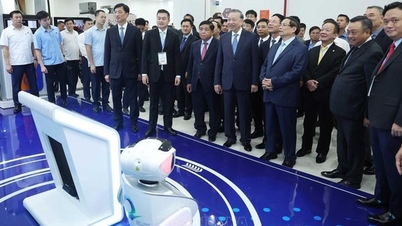



























Comment (0)